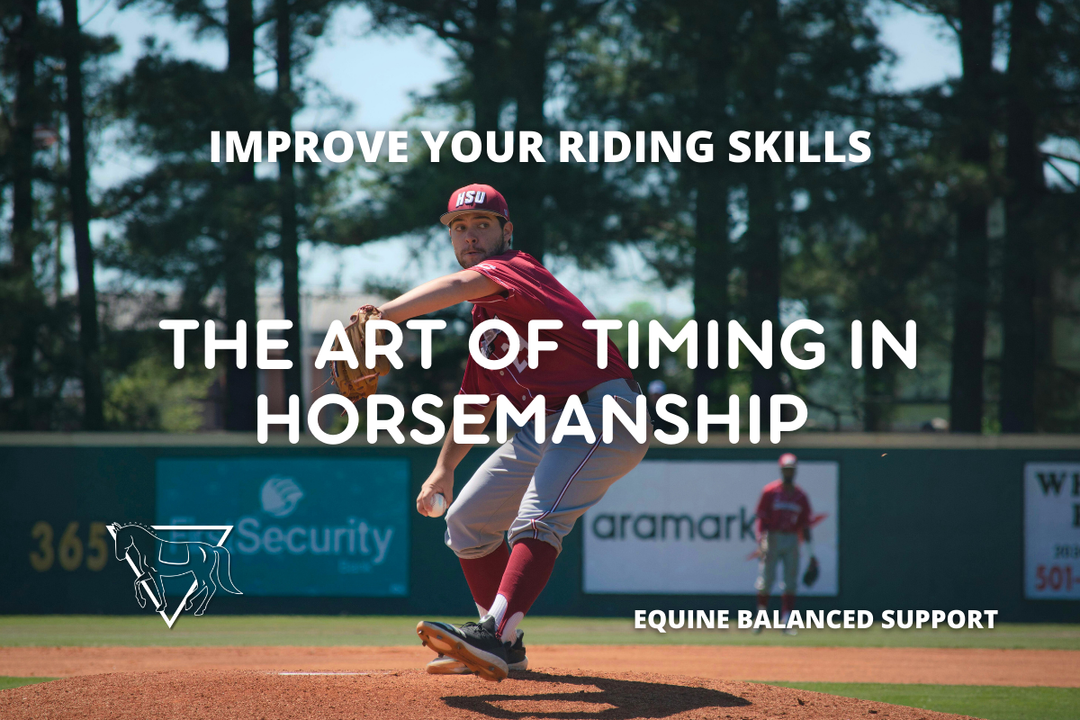Q&A with a Farrier: Clancy Cowley talks Therapeutic Shoeing

Question for Clancy Cowley, Farrier
"I’m curious what you think about mechanical therapeutic shoeing."
Thank you for your question. It’s a topic I approach thoughtfully, as I consider all hoof care - whether shod or barefoot - to be therapeutic. At its most basic function, applying a shoe is little more than adding a wear plate to protect a foot.
Why Shoe?
Some breeds of horses have notoriously thin hoof walls and soles. Just living in a dry, sandy environment can sometimes wear enough foot before it is able to regrow, leaving a horse sore. Others have uneven hoof wear as a result conformation or injury. This can have long term effects on the structure of their hooves. Some horses only need shoes because we humans asked more from them than what their feet could withstand.
Understanding Hoof Anatomy
The dorsal (front) hoof wall is frequently the thickest part of a mature horse’s hoof. While a foal may have uniform hoof wall thickness, a thicker dorsal hoof wall will withstand the job of supporting an entire horse better than a thin hoof wall without breaking or chipping.
When the hoof wall wears, it sometimes doesn’t break or chip away evenly, this causes distortion in the hoof capsule (outer structure protecting soft tissue and bones) leading to an imbalance in weight distribution. If the toe is wearing away at a slower rate than the heel of the foot, the rear half of the foot is bearing more weight. This leads to the hoof wearing down faster than it ought to, which over time will encourage more uneven growth.
Shoeing as Therapy
Properly applied shoes may address some imbalances. Simply placing a shoe with the toe of the shoe closer to the ideal breakover point of the foot can over time restore health to the heel. And it’s likely the foot will return to more correct proportions thus realigning the coffin bone (the main bone in the foot also known as the pedal bone) to the rest of the leg.
Of course, placing a shoe too far back on the foot can inadvertently cause other problems by effectively reducing some of the overall weight-bearing surface area. I wouldn’t call this therapeutic.
Rethinking Therapeutics
It seems to me when most people think of therapeutic shoeing, they think of rocker shoes, bar shoes, or wedge pads for some kind of frog support. I consider these measures a last resort for severe cases. In my view, therapy starts much earlier. Simply trimming to a balanced foot is, in fact, therapeutic hoof care. Sometimes it just isn’t possible to achieve what we want with only a trim and shoeing might offer support. Sometimes, trimming anything is taking off too much foot. The main goal of any hoof care – whether barefoot or shod - is to aid a horse’s comfort, movement and long-term soundness.
About the Author
Clancy Cowley is a farrier and barefoot trimmer located in the San Francisco Bay Area, California. As a graduate of the Heartland Horseshoeing School , he works with horses in person and offers consultations by phone depending on the situation. He can be contacted by phone at +1 (925) 980-1113 or email at clancycow@yahoo.com.







Leave a comment